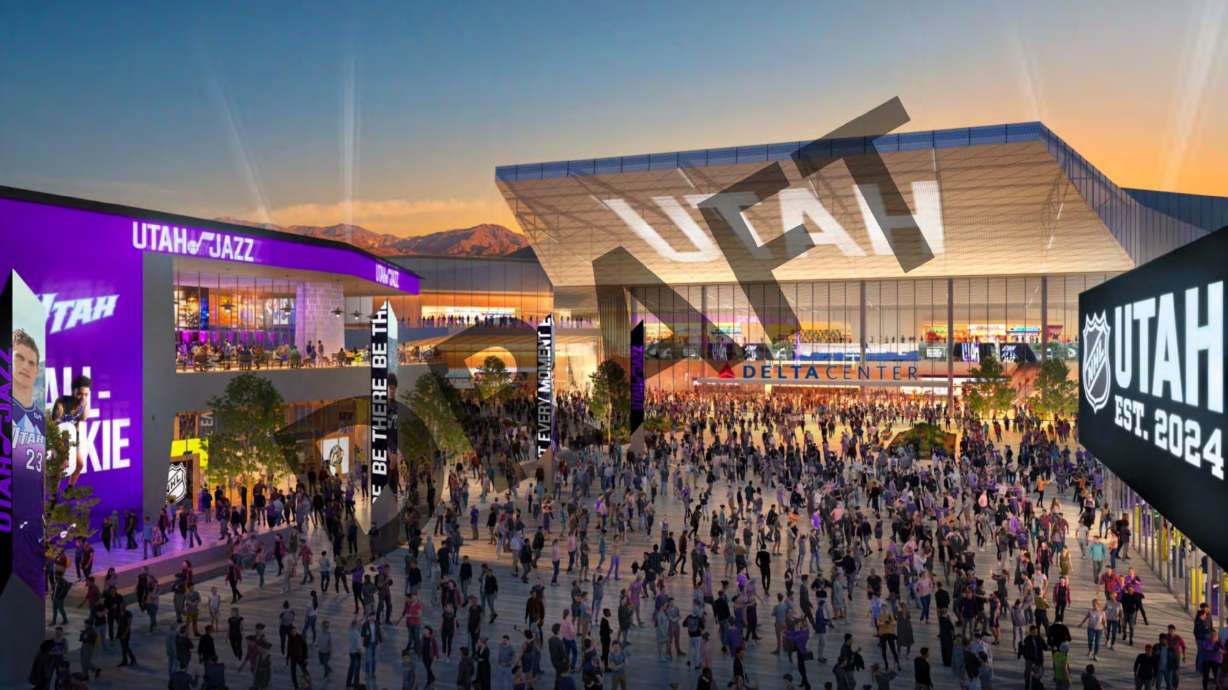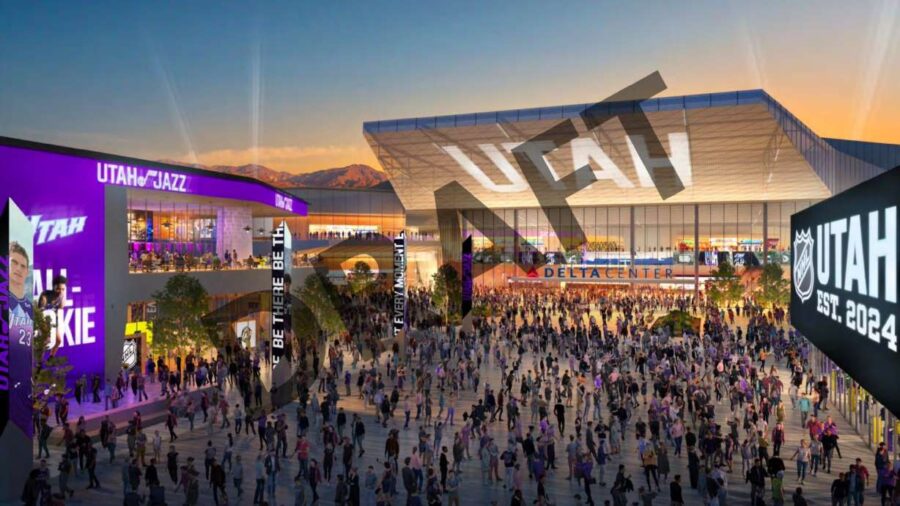## Salt Lake City’s Gaming Future: Will Utahns Build Their Dream District?
Get ready, gamers! A storm is brewing in Salt Lake City, and it’s not the kind that brings snow. We’re talking about a potential game-changer, a sports and entertainment district that could redefine Utah’s gaming scene. KSL TV 5 is digging deep, asking Utahns what they want from this ambitious project. Are they building a haven for esports superstars, a family-friendly arcade paradise, or something entirely unexpected? We’re breaking down the public’s hopes and concerns, exploring the potential impact on Utah’s gaming landscape, and asking the big question: Will this district become a reality, and if so, will it truly be the gaming haven Utah deserves?

Weighing the Pros and Cons: A Community Perspective
The proposed 0.5% sales tax increase is a key component of the proposed sports, entertainment, culture, and convention district in Salt Lake City. This potential increase, projected to generate up to $900 million over 30 years, will be scrutinized by residents and businesses alike. Proponents argue that the tax revenue will fuel economic growth, create jobs, and revitalize downtown Salt Lake City. They point to the potential for increased tourism and higher property values as evidence of the project’s positive economic impact. Opponents, however, express concerns about the burden on residents and businesses, particularly during times of economic uncertainty. They question the long-term sustainability of a sales tax increase and argue that the city should explore alternative funding mechanisms, such as private investment or public-private partnerships.
Public hearings and community feedback have revealed a diverse range of opinions on the proposed project. Some residents enthusiastically support the idea of a vibrant downtown entertainment district, envisioning increased cultural offerings, exciting events, and a revitalized urban core. Others express strong opposition, citing concerns about the cost to taxpayers, the potential displacement of residents and businesses, and the prioritization of entertainment over essential services.

Economic Impact Analysis
The economic impact analysis paints a mixed picture. Proponents highlight the potential for job creation, with estimates ranging from thousands to tens of thousands of new positions across various sectors, including hospitality, construction, and entertainment. They also project increased tourism revenue, as the district could attract visitors from across the country and beyond. However, critics question the accuracy of these projections and point to the potential for displacement of existing businesses and a concentration of wealth in the hands of a few.

Social Impact
The social impact of the project is another area of debate. Supporters argue that the district will create a more vibrant and inclusive downtown, offering diverse entertainment options and fostering a sense of community. They also point to the potential for increased accessibility, with improved public transportation and pedestrian-friendly infrastructure. However, critics express concern about the affordability of the district, fearing that rising costs will price out residents and businesses, exacerbating existing inequalities.

Looking Beyond Salt Lake City: National Context and Comparisons
The proposed sports and entertainment district in Salt Lake City is part of a larger national trend of public financing for large-scale sports venues. In recent months, several cities across the country have faced similar debates, with varied outcomes. Examining these cases provides valuable insights into the factors influencing public opinion and the potential challenges and opportunities facing Salt Lake City.

Recent Stadium Votes Across the US
- Jacksonville, Florida: The Jacksonville City Council approved a $1.45 billion funding package to modernize EverBank Stadium, home to the Jacksonville Jaguars, in a 14-1 vote. The project includes significant renovations and upgrades to the stadium, aiming to enhance the fan experience and attract major events.
- Charlotte, North Carolina: The Charlotte City Council committed $650 million towards renovating Bank of America Stadium, home to the Carolina Panthers, in a 7-3 vote. This investment aims to modernize the aging stadium and keep the Panthers in Charlotte for the long term.
- Kansas City, Missouri: Kansas Governor Laura Kelly signed a bill allowing up to 70% public financing for the potential relocation of the Kansas City Chiefs and/or Kansas City Royals across the border into Missouri. This decision sparked controversy, with critics arguing that public funds should not be used to subsidize private businesses.
- Clearly defining roles and responsibilities for both public and private partners.
- Establishing transparent financial agreements and mechanisms for monitoring performance.
- Ensuring that the project benefits the broader community, not just the private developer.
- Prioritizing community engagement and feedback throughout the planning and implementation process.
The Tempe, Arizona, Example

In May 2023, Tempe residents rejected a $2.3 billion sports-entertainment district proposal for the Arizona Coyotes, highlighting the growing public skepticism towards public financing for sports stadiums. The proposal faced significant opposition due to concerns about the cost to taxpayers, the potential displacement of residents and businesses, and the prioritization of entertainment over essential services. This outcome serves as a cautionary tale for Salt Lake City, underscoring the importance of carefully considering the potential downsides of such projects and ensuring that public support is robust.

Best Practices for Public-Private Partnerships
Successful public-private partnerships in the sports and entertainment sector emphasize shared risk, transparency, and accountability. Best practices include:
Conclusion
## The Future of Fun: Will Utah’s New District Hit a Home Run?
The Sunday Edition on KSL TV 5 shed light on a project poised to shake up Utah’s entertainment landscape: a sprawling sports and entertainment district. The community buzz is palpable, with residents voicing both excitement and concerns. The potential for job creation, economic growth, and a vibrant new hub for recreation and entertainment is undeniable. However, questions linger about traffic congestion, the potential displacement of existing businesses, and the impact on the character of local neighborhoods.
This project represents a pivotal moment for Utah. If executed thoughtfully, it could become a magnet for tourism, a catalyst for economic prosperity, and a testament to the state’s evolving identity. But if not carefully planned, it risks becoming a source of frustration and division. The coming months will be crucial, as developers, city officials, and residents work together to navigate these complex considerations. The success of this venture hinges on finding that delicate balance: attracting new businesses and experiences while preserving the essence of what makes Utah unique. Ultimately, the question remains: will this new district be a game-changer for the best, or will it leave the state feeling like it’s lost a valuable piece of its identity? Only time will tell.